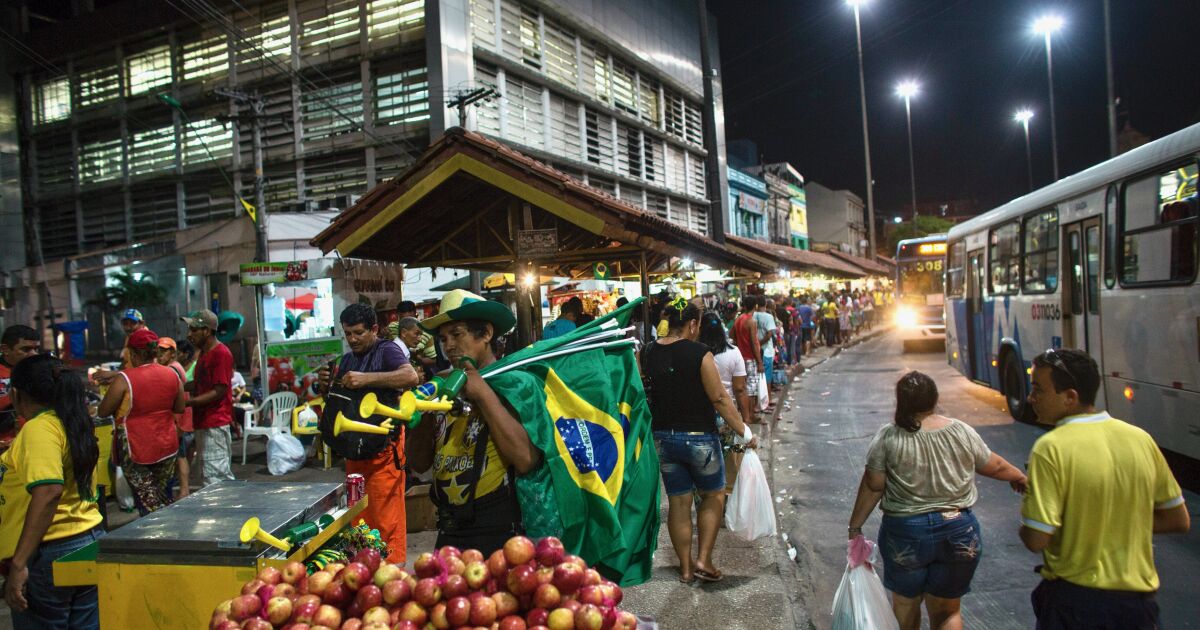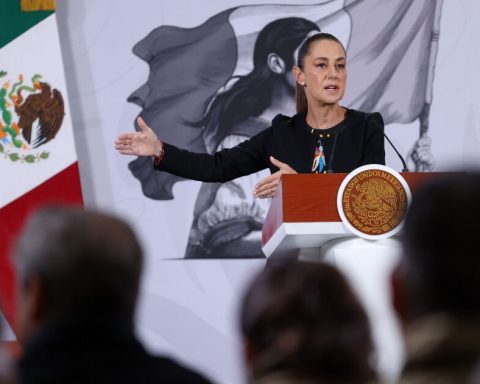In this context, the World Bank predicts regional economic progress of 2.1% this year and 2.4% in 2026, but unlike the International Monetary Fund (IMF) does not foresee an economic contraction in Mexico, but a stagnation.
Growth forecasts by 2025 in the two largest regional economies, Brazil and Mexico were reduced with respect to January updates of the World Bank.
Mexico would register zero growth this year, after the previous projection of an expansion of 1.5%, while Brazil’s growth forecast was reduced to 1.8%from 2.2%.
Growth is projected in Argentina of 5.5%; in Colombia, 2.4%; in Chile, 2.1%; in Peru, 2.9%; in Ecuador, 1.9%; in Bolivia, 1.2%; in the Dominican Republic, 4%; in El Salvador, 2.2%; in Costa Rica, 3.5%; in Panama, of 3.5%; in Paraguay, 3.5%; In Nicaragua, 3.4% and Uruguay, 2.3%.
In Haiti an economic contraction of 2.2%is expected.
“Higher tariffs and higher levels of commercial uncertainty in a decade prevent greater integration of the region into the United States supply chains, in addition to endangering jobs in export -related industries,” warns the World Bank.
The agreements signed by Mexico and Mercosur with the European Union “represent a step towards market diversification”, but we must “address an pending agenda of decades ago in the areas of infrastructure, education, regulation, competence and tax policy,” he advises.
In addition, he points out that the cut of external help to development after Trump reduced to its minimum expression USAID, which was the largest humanitarian agency in the world, will have effects in Haiti, the conservation of the Amazon in South America and support for “Venezuelan migrants in the receiving countries.”
In the Fiscal Front, the BM points out that public spending “remains high” and deficits, “considerable.”
In general, advances in debt reduction remain limited: the debt-PIB ratio increased by 2024 to 63.3% (compared to 59.4% of 2019).
The decrease in poverty continues to progress, but more slowly.
Estimates by 2024 indicate that monetary poverty will decrease to 24.4% of the population of Latin America and the Caribbean, from 25% in 2023. But the World Bank expects inequality to remain high.
“The world economic scene has changed dramatically, marked by higher levels of uncertainty,” says Carlos Felipe Jaramillo, vice president for Latin America and the Caribbean of the World Bank, cited in a statement.
“Countries must emphasize their strategies and promote bold and practical reforms that promote productivity and competitiveness,” he adds.

















